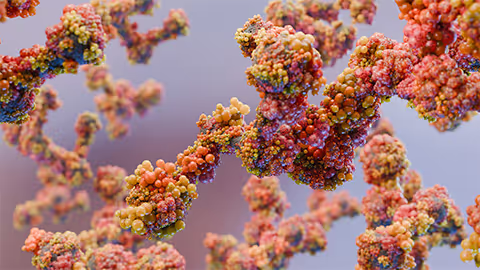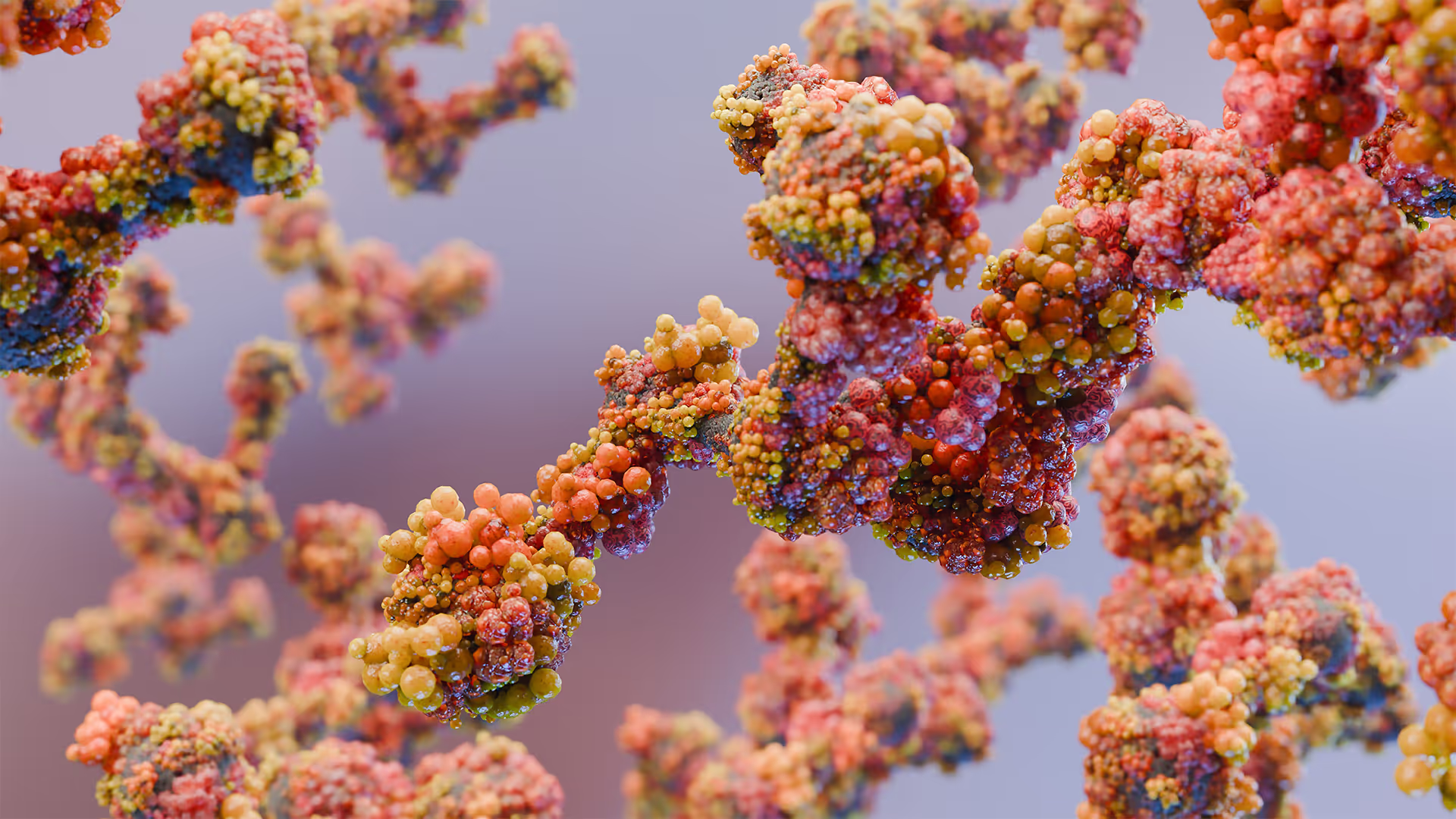Cell and gene therapies have the remarkable potential to provide targeted and potentially curative treatments for diseases once considered untreatable. The safety of these therapies, however, is closely tied to the specificity of genomic editing tools used to cut and edit at precise genomic targets.
It’s important for therapeutic cell edits to be on target, in the correct copy number and without off-target integrations. Regulators are alert to the associated risks, and sequencing is increasingly used as a Quality Control (QC) and monitoring tool. Going forward, the need for cell and gene therapy QC will only grow as these therapies expand into non-life-threatening diseases.
Sequencing-based QC
Whole genome sequencing is one potential solution. Whilst this approach reveals a lot of information on the
context of the genomic edits, it does come with several drawbacks. It generates more data than required, increasing the costs of computation and storage, and often, in the case of short-read sequencing, does not give the architectural information required to understand the edited region and its genomic context.
More likely, the solution will be found in a targeted enrichment approach. The omics industry has produced a variety of workflows for both long- and short-read sequencing platforms to enrich regions of interest, aiding in the identification of integration sites and copy numbers. Examples include Targeted Locus Amplification (TLA), CIRCLE-Seq, GUIDE-Seq and Nanopore Cas9-Targeted Sequencing (NCATS).
However, despite their clear value, these workflows are still highly complex and take hours or even days to complete. Additionally, the risk of handling errors poses a significant threat, potentially leading to unacceptable delays in the delivery of vital therapies.
Automation solutions
In research laboratories, sample and library preparation is traditionally automated on liquid handling robots. However, these robots are not completely hands-free and still require manual transfer between instruments.
In addition, current liquid handling robots are set out in a standard format that relies on batching samples to make the process efficient. In a manufacturing or QC setting, this could result in unacceptable wait times between batches of therapy. Alternatively, manufactures may send samples to a core facility to carry out the QC workflow, but this adds shipping time to already tight manufacturing deadlines to get the therapies to patients.
Bringing “plug and play” to the manufacturing facility
More recently, the omics industry has seen the rise of “plug and play” automation systems for standard sequencing library prep. Tecan’s Magic Prep and ONT’s ElysION, for example, demonstrate the development of user-friendly (plug and play) solutions capable of handling complex workflows with minimal user interactions.
These instruments not only reduce the hands-on time to complete what would otherwise be a cumbersome, all-manual workflow from hours to minutes, but they also incorporate clever technologies to ensure the efficient use of reagents in unpredictable on-demand use.
However, because these instruments have not been designed for the complex genomic QC workflows described above, they would still require a number of off-instrument steps and user inputs to process samples.
To support a therapy manufacturing facility, solutions should be able to process a variable number of samples in line with therapy demand with minimal setup, simply by inserting a reagent pack, loading samples, and pressing “Go”.
They would also need to handle the significantly varying volume requirements from sample input (uL-mL) to completed library and efficiently use and manage high-cost reagents.
Ideally, at the other end of the workflow, the system would directly interface with the sequencing platform. For a truly plug and play solution, the results of the sequencing also need to be processed and documented in a simple, understandable format, reducing the need for further data processing.
LINKing in Serendipity
We started working on a system that could serve as the foundation for a solution even before the need to automate library prep for cell and gene therapy QC became apparent.
Our in-house project, LINK, facilitates the rapid integration of complex biological workflows, including whole transcriptome/genome and single-cell workflows, with the potential for targeted enrichment approaches. LINK enables the integration of these benchtop protocols into bespoke consumables.
The platform is designed so we can add specific modules, eliminating the need for additional instruments, such as centrifugation or optical analysis, outside of the automated system.
LINK can accommodate all the functionalities needed to accelerate the integration of the complex workflows above, paving the way for the development of automation solutions for the cell and gene therapy manufacturing facility.
TTP has a long track record in the development of instruments and platforms that integrate and automate complex biological workflows, for example in Diagnostics. With dedicated experts in both Omics and Cell and Gene Therapy, TTP is uniquely positioned to assist clients in transitioning genomic QC workflows into custom “plug and play” instrumentation.











